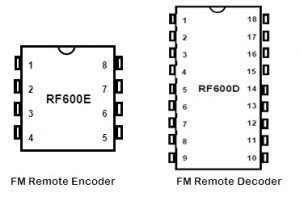
HT12D: A Guide on an RF Decoder IC for Remote Control Applications
Introduction to RF Decoder ICs and HT12D In the world of remote control applications, RF (Radio Frequency) decoder ICs play a crucial role in receiving[…]
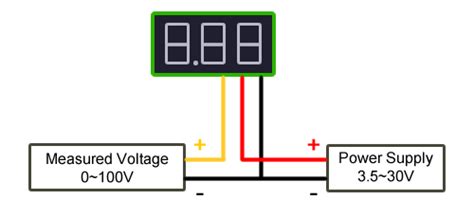
Voltmeter IC: A voltage measuring tool
Introduction to Voltmeter ICs A voltmeter is an essential tool for measuring electrical potential difference between two points in a circuit. Traditionally, analog voltmeters were[…]
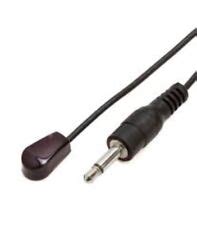
Ir Blaster: How to Understand and Use IR Blaster
What is an IR Blaster? An IR Blaster, short for Infrared Blaster, is a device that emulates an infrared remote control to autonomously control a[…]
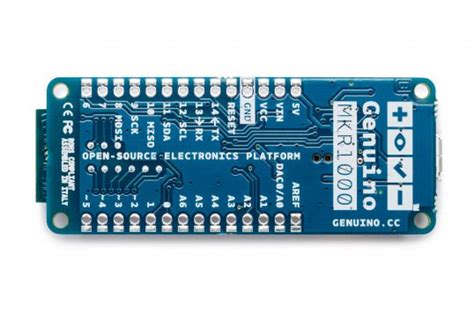
Mkr1000 Pinout: A Preferred Choice for IoT Projects
Introduction to the Mkr1000 The Mkr1000 is a member of the Arduino MKR family, designed specifically for IoT applications. It combines the functionality of the[…]

MCP6004 Datasheet – A Look Into the Low Power Quad Op-Amp
Introduction to the MCP6004 Quad Operational Amplifier The MCP6004 is a low-power, rail-to-rail input/output, general-purpose operational amplifier manufactured by Microchip Technology Inc. This quad op-amp[…]
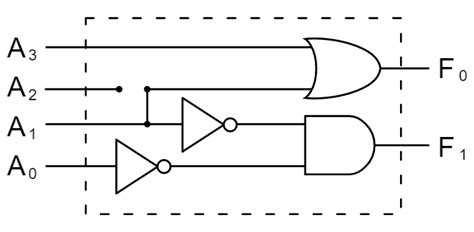
Types of Encoders: The Complete Guide
What is an Encoder? An encoder is an electromechanical device that converts the angular position or motion of a shaft or axle into a digital[…]
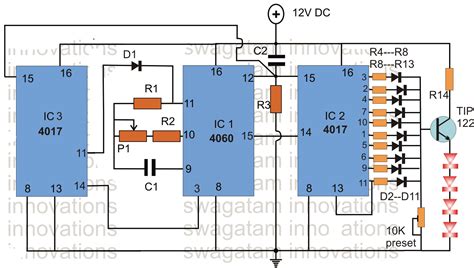
Pulsing LED Circuit: What It Is and How to Build One
Introduction to Pulsing LED Circuits A pulsing LED circuit is an electronic circuit that causes an LED (Light Emitting Diode) to turn on and off[…]
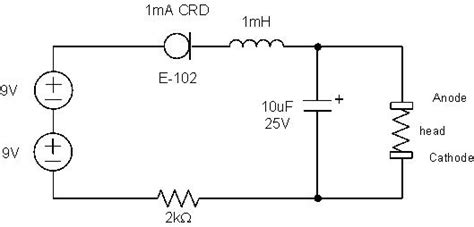
TDCS Circuit: Constructing a Brain Stimulation Circuit
Request PCB Manufacturing & Assembly Quote Now
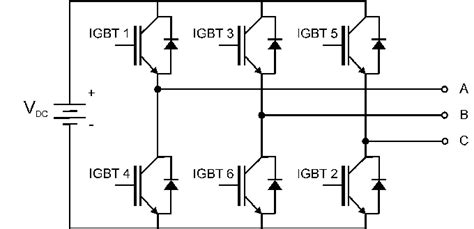
IGBT Working Principle – All You Need to Know
Introduction to IGBT An Insulated Gate Bipolar Transistor (IGBT) is a power semiconductor device that combines the best features of both MOSFETs and bipolar junction[…]
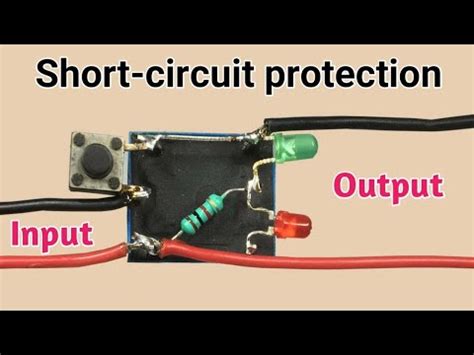
Short Circuit Protection-What You Need To Know
What is a Short Circuit? A short circuit is an electrical fault that occurs when a low-resistance path is unintentionally created between two points in[…]